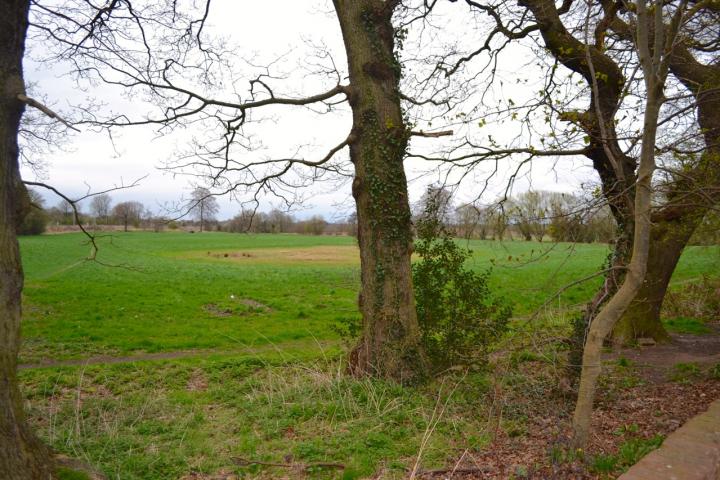
In addition to being consulted about a proposal for 174 new homes on Rotherwood Road, local residents also have two weeks left to have their say on whether a plot of Green Belt land separating Wilmslow and Alderley Edge should be identified for a housing development of up to 250 homes.
Cheshire East Council is currently developing a new Local Plan, which is an important document that will be the Development Plan for Cheshire East and form the basis of planning decisions until 2030, and is now consulting on 27 additional sites proposed by developers and land owners which may be suitable for inclusion.
These include land at Rotherwood Road and Green Belt land north of Beech Road, part of which lies in Wilmslow and part of which is in Alderley Edge.
This land has been submitted to the Council by How Planning, on behalf of the landowners, for the development of 200 to 250 dwellings.
Click here to view a map of the site which lies to the south of the A34 bypass and east of the railway line.
Manuel Golding, of Residents of Wilmslow, said "Cheshire East Council's 'A Development Strategy for Jobs and Sustainable Communities' so called 'consultation' guide is yet a further example of its never ending catalogue of disinformation.
"A booklet may be obtained from your library or view online. Page 10 refers to "Site B - Land North of Beech Road, Alderley Edge". For those not aware, and CEs documents make no attempts to show, part of the proposed development on Site B is in Alderley and the rest in Wilmslow (Whitehall Brook being the boundary).
"CE further fails to tell us that all of this land is part of the Green Belt, the green division and protection against local urban sprawl between Alderley and Wilmslow.
"Why has CE failed to make it abundantly clear this land is part of the Green Belt?
"It is vital that the residents of both towns make their views known before the 30th May, that they show clearly and in large numbers we are against any loss of our Green Belt - therefore a resounding NO is necessary to protect this site and others in the locality. If this site is lost to development it will be seen as a Trojan horse by the landowners as an opportunity for further construction on Green Belt land adjoining the site - Alderley's northern aspect will come under threat of concrete.
"Ensure you say NO to Site B being developed."
CEC is not proposing the site at this stage – but merely identifying it as a possible option for housing development to ensure that the plan is robust.
The consultation on the 'Potential Additional Sites Proposed by Developer and Land Interests' Consultation runs until Thursday 30th May 2013.
Click here to view the document and submit your comments online.
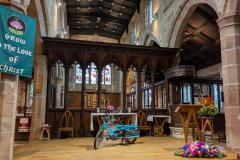


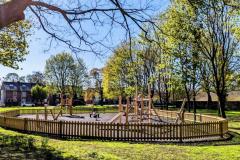

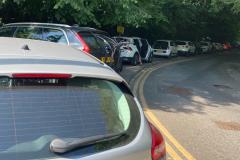
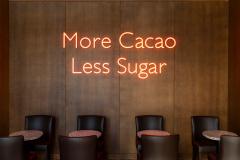
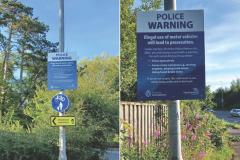
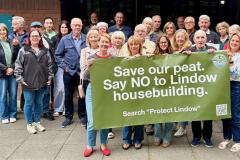
Comments
Here's what readers have had to say so far. Why not add your thoughts below.
Rather than do something practical, like standing as councillor and changing the way the council behaves, they press on with their "green belt" agenda. (My suspicion is that if they stood as a councillor on this agenda, they would not get sufficient support from the people of Wilmslow to be elected.) Rather, they snipe around the edges, flooding every proposed development with their objections. They pick up their drum and beat it as loud and as often as they can, drowning out the voices which do not agree with them. However like all drum music, it becomes rather tedious.
We need to hear the voices of the rest of the choir, so if you support this development, like I do, get on line and ensure you clearly select the "support" button.
I've pressed OBJECT.
Of course 'green and brown are only words' but what is pertinent is to how and which context they are used in.
The two colour names you refer to have most certainly not been hijacked by me or anyone else describing the sort of green spaces surrounding the towns and villages of south Manchester, Stockport and north east Cheshire.
"Highly motivated individuals" or not is not the issue; you really should try very hard to stop yourself using such ludicrous phrases, especially as you continue to show how bereft of basic planning knowledge you posses.
Name calling appears to be your speciality. I suppose you believe it is adequate substitute for hard and realistic facts, the prerogative of the rabble rousing, ignorant masses who parade upon our media outlets offering, as the sole basis of their 'arguments', name calling & stigmatisation of those they/you are opposed to. Below some facts Drew, I hope you will understand and appreciate the basis on which both Green Belt and brownfield designations are built.
Green Belt is a policy and land use designation used in land use planning to retain areas of largely undeveloped, wild, or agricultural land surrounding or neighbouring urban areas.In essence, a green belt is an invisible line designating a border around a certain area, preventing development of the area and allowing wildlife to return and be established
The Green Belt concept goes back to the Old Testament days with a proposal for a green belt around the Levite towns in the Land of Israel.
In the UK town planning, the Green Belt is a policy for controlling urban growth. This came into being in the 1930s as part of UK planning. The Town & Country Planning Act of 1947 allowed LAs to include designated areas of Green Belt proposals in development.The idea is for a ring of countryside where urbanisation will be resisted for the foreseeable future, maintaining an area where agriculture, forestry and outdoor leisure can be expected to prevail. The fundamental aim of green belt policy is to prevent urban sprawl by keeping land permanently open, and consequently the most important attribute of green belts is their openness.
According to the NPPF, there are five stated purposes of including land within the green belt:
1)To check the unrestricted sprawl of large built-up areas, 2)To prevent neighbouring towns from merging into one another, 3)To assist in safeguarding the countryside from encroachment, 4) To preserve the setting and special character of historic towns,
5)To assist in urban regeneration, by encouraging the recycling of derelict and other urban land.
Let me continue our discussion from the Rotherwood and Moor Lane article. Green and Brown are only words, normally used to describe a colour. However, these words have been hijacked, rather like the word "gay" has been, by a group of highly motivated individuals. These words now mean the red and green light of urban planning, in Wilmslow at least.
The term "brownfield" is a planning word to describe developed land, not necessarily within the Green Belt. However, there is a small area of "brownfield" land within the Ned Yates/Rotherwood Green Belt site U.
CThank you Chris Jones. I am delighted you, like me, enjoy the "green environment" around Wilmslow.With your invaluable help, by pressing the "OBJECT" icon on the Council's consultation site, it must be hoped that all of Wilmslow's and Alderley Edge's Green Belt will be preserved for future generations to enjoy as both you and I do today. Once under developers' concrete, the green environment will be gone for ever. If that should happen, Wilmslow's future generations will know to pay a special thank you to the likes of Drew and his ilk.